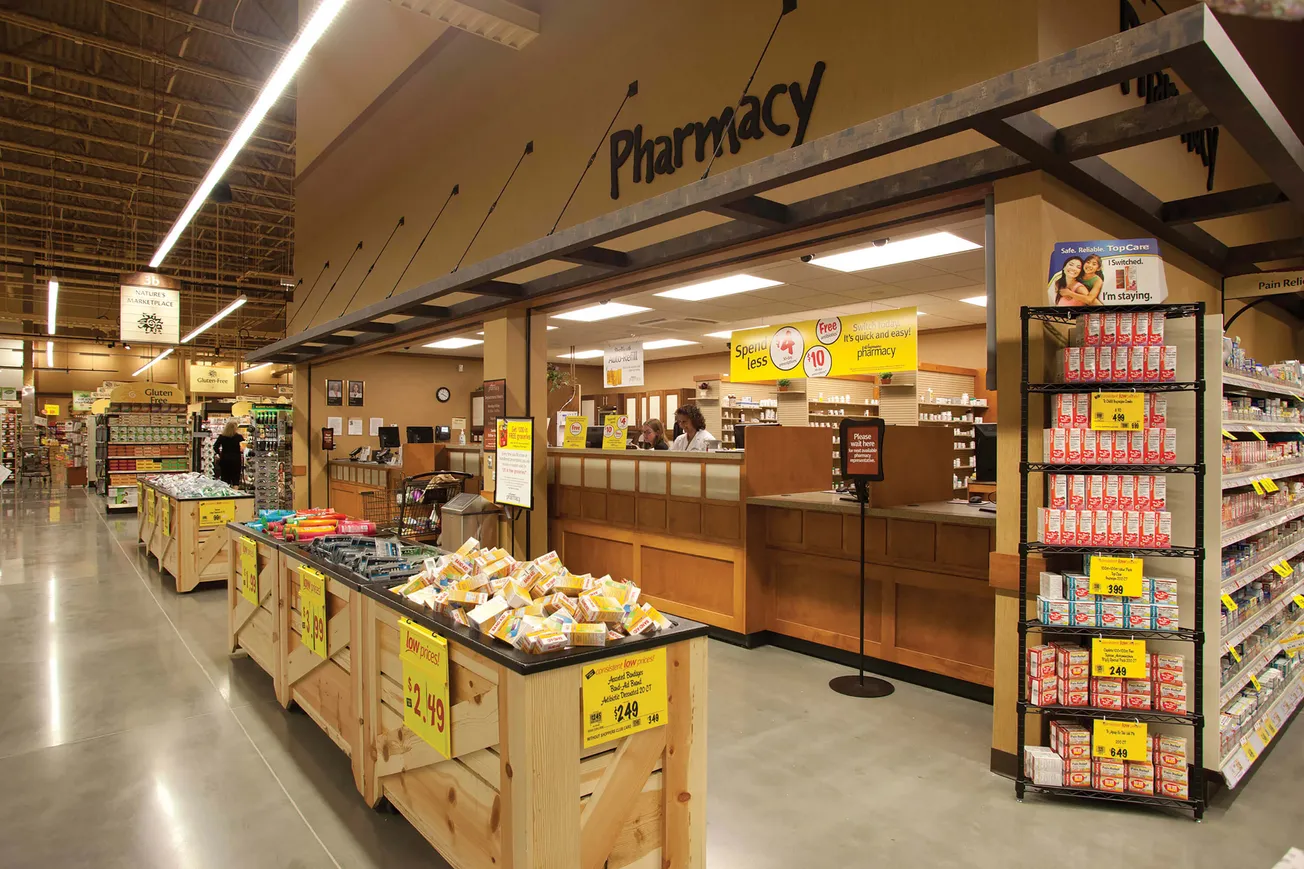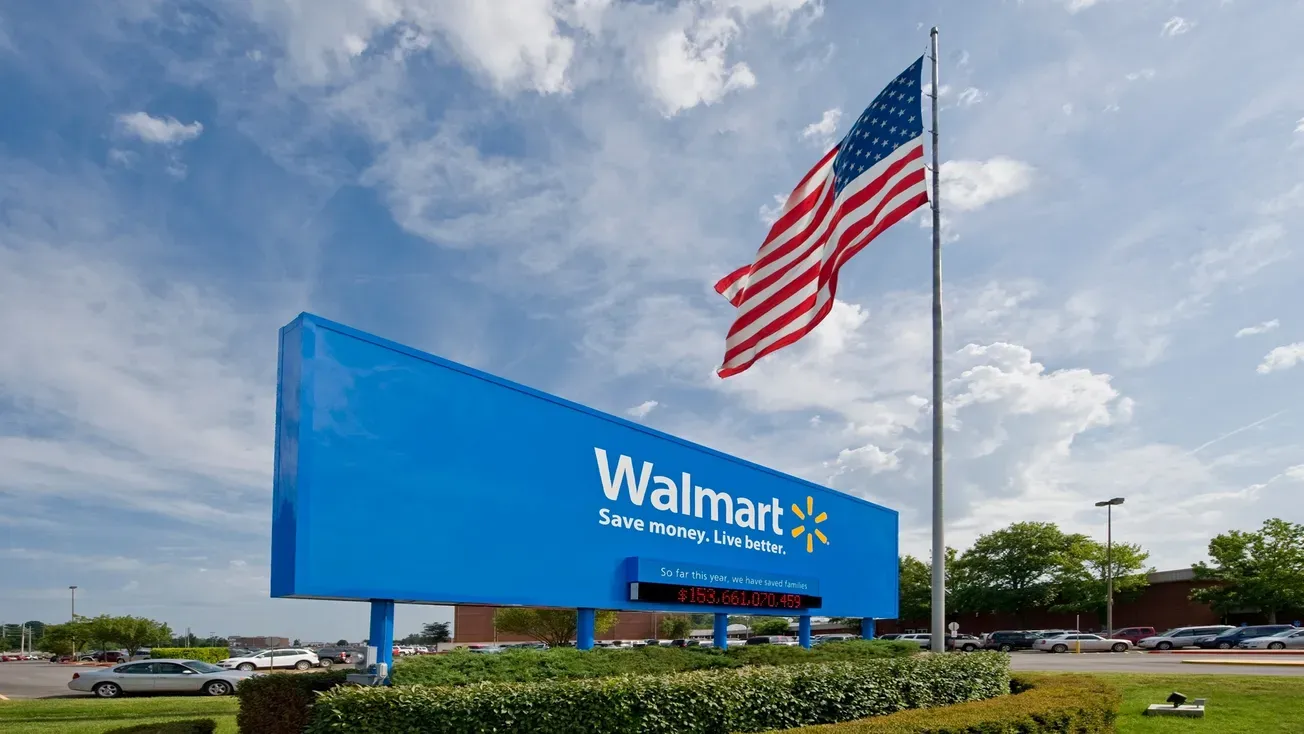By Phil Kafarakis
Shifts in consumer behavior accelerated by the recent pandemic are transforming traditional industries such as foodservice in accretive ways, increasing the value of some companies that has been locked up for years. That growth is ongoing, and pharmacies should take note. Chain drug stores have a unique opportunity to connect with many more customers by offering prepared, commissary-style foodservice — and particularly foods that cater to special health needs.
The food industry continues to evolve as consumer spending on food-away-from-home (FAFH) surpasses food-at-home (FAH) purchases. According to USDA Economic Research Service data, FAH spending was only 2.7% higher in November 2023 than in November 2019, while FAFH spending remained elevated at 14.6% higher, or $1.34 billion. Technology that allows consumers to easily pre-order food from their favorite local restaurant for pick-up or delivery has expanded restaurant sales, even as it complicates supply chains. The new reality is that prepared food purchased away from home is often consumed at home. Consumers now expect high-quality food, quickly prepared, to eat at home, and the dramatic increase in demand has stressed traditional operations. Those businesses meeting these higher consumer expectations are creating new store formats and focusing on the need for convenience.

Access to prepared food during critical consumption periods of the day, especially breakfast and dinner, has accelerated the development of alternative formats beyond restaurants, as consumers look to grab-and-go prepared meals. Over the course of the last 10 years, grocery and convenience stores have expanded their offerings of prepared food options to capture consumer on-premises spending. Grocery stores, of course, offer more than the ingredients for preparing food at home — many have hot food stations and salad bars in addition to rotisserie chickens — and gas stations are for more than fueling up as they offer convenience retail that provides prepared food throughout the day and night. According to recent research, for a whopping 92% of c-store shoppers, food and drink purchases are the primary purpose of the trip. In-store prepared food sales increased over 20% from 2021 to 2022, to nearly $260 million. In the grocery industry, another report revealed that foodservice purchases from grocery stores grew to $49.9 billion in the 52 weeks ended October 7, 2023, up 4.2% year over year.
The U.S. is also seeing changing consumer demographics. According to the Population Reference Bureau, the number of Americans age 65 and older is projected to increase from 58 million in 2022 to 82 million by 2050 — a 47% rise; the 65-and-older age group’s share of the total population is projected to rise from 17% to 23%. This expanding aging population is focused on health and wellness and may be dealing with chronic ailments, providing a significant opportunity for even more alternative retail formats to turn to food sales for profits — especially pharmacies, who see these consumers visit on a more frequent basis and are in the optimal position to offer “food as medicine.” The National Institutes of Health points out that consumers visit their local independent pharmacy approximately 35 times per year, up more than 12% the last five years — and twice as much as they visit their physician or other health practitioner.
The opportunity to capture consumers’ spending on prepared food that may be consumed at home or on the go is now much easier to do in a nontraditional food outlet, as we have learned from grocery stores and convenience stores. Beyond the benefits of convenience, a retail format like a pharmacy may also capture incremental dollars and meet consumer food needs through adding prepared foods to their inventory. When the consumer is on-premises picking up a medical prescription or over-the-counter medication, or shopping for cosmetics or health and beauty aids, they would readily accept the convenience of prepared meals and add dinner to their shopping basket — particularly if offered healthy options and/or special dietary foods such as gluten or dairy free.
The benefits of food shopping at pharmacies are as follows. If marketed appropriately to consumers, sales can significantly impact incremental traffic rates, higher check-out receipts and greater margins on those specialty food products not generally stocked in grocery stores or found in restaurants.
• Convenience — There are many pharmacies that already offer a wide selection of groceries alongside medications — making it easy to pick up both essentials in one trip.
• Accessibility — Pharmacies are often located in easily accessible areas, making it easy to pick up food essentials while picking up prescriptions or over-the-counter medicine. According to Science Direct research, approximately 88.9% of the U.S. population lives within five miles of a community pharmacy.
• Health-focused options — Pharmacies could excel at offering food that enhances health, stocking a variety of health-conscious specialty items and catering to customers with specific dietary needs or preferences.
• Quick in-and-out shopping experience — Since pharmacies typically have smaller grocery sections than supermarkets, shopping for groceries can be quicker, perfect for grabbing a few essentials on the go.
• Loyalty programs — Many pharmacies offer loyalty programs or discounts for frequent shoppers, which can make grocery shopping at pharmacies more cost effective in the long run.
Many pharmacies have begun to dedicate floor space to selected grocery items and are getting into the food selling game. However, the selection of prepared foods is as yet very underdeveloped, beyond very simple snack and sandwich items that require refrigeration. Building a “mini restaurant” format in a pharmacy does require incremental investment in equipment and managing a more complicated supply chain. But a reasonable and incremental return on investment does exist if the operation is strategically thought out and activated.
An examination of the success of selling food in convenience stores immediately provides “proof of concept” for pharmacies looking to move beyond in-store grocery refrigerators. To keep consumers in the store longer and increase sales beyond prescriptions, and health and beauty aids, prepared foods seem to offer a clear path to success.
According to industry data for 2022, 33.4% of industry sales ($302.8 billion) were from in-store food sales while, overall, in-store sales increased 9.0% in 2022. The average consumer spend per visit also increased by 4.9% to an average of $7.52. The product categories that drove those increases are not traditional health and wellness product groups, so imagine the impact a more wellness-focused food product selection would have, with higher retail price points.
The c-store data further showed that prepared food made up about two-thirds of the segment’s food sales. The industry relies on a unique supply chain that features commissaries to provide prepared food, and those type of products make up 9.5% of food sales, according to Circana data. Beverages also contribute significantly in the increased sales figure: Hot dispensed beverages made up 9.2%, with cold dispensed at 8% and frozen dispensed at 6%. The data further indicates that c-stores rank second to quick service restaurants (QSR) in the commercial foodservice market, and command 17% market share — reflecting 2% year-over-year growth.
Now imagine if 50% of the more than 88,000 pharmacy stores in the U.S. (outside grocery stores) reported that more than 35% of their sales were for food and grocery items — what a huge economic impact that would be for the industry in total. Using PBA Health data, a straight calculation considering the total 2023 independent pharmacy universe of 1,943 units with total average sales of $3.4 million producing approximately $6.6 billion; food at a 35% average goal would amount to an incremental $2.3 billion.
And beyond the in-grocery pharmacy companies and the corporate-owned pharmacy chains, independent pharmacies have an opportunity to seriously expand their share of prepared food sales if they apply this learning from c-stores.
Leveraging the commissary supply chain model would be a significant first step for those pharmacy companies outside of grocery stores looking to expand and improve their prepared food selections. There is an opportunity for corporate partnerships that bridge the food supply chain with the nonfood distribution system in place currently. Commissary companies have their own distribution networks in regional areas that can accommodate local or regional reach to supply new pharmacy customers. Also, the major foodservice broadline distribution companies can accommodate a more national distribution reach for the bigger national pharmacy chains.
Phil Kafarakis is president and chief executive officer of the International Foodservice Manufacturers Association, an organization that helps companies build efficient supply chains supporting in-store prepared food sales.









